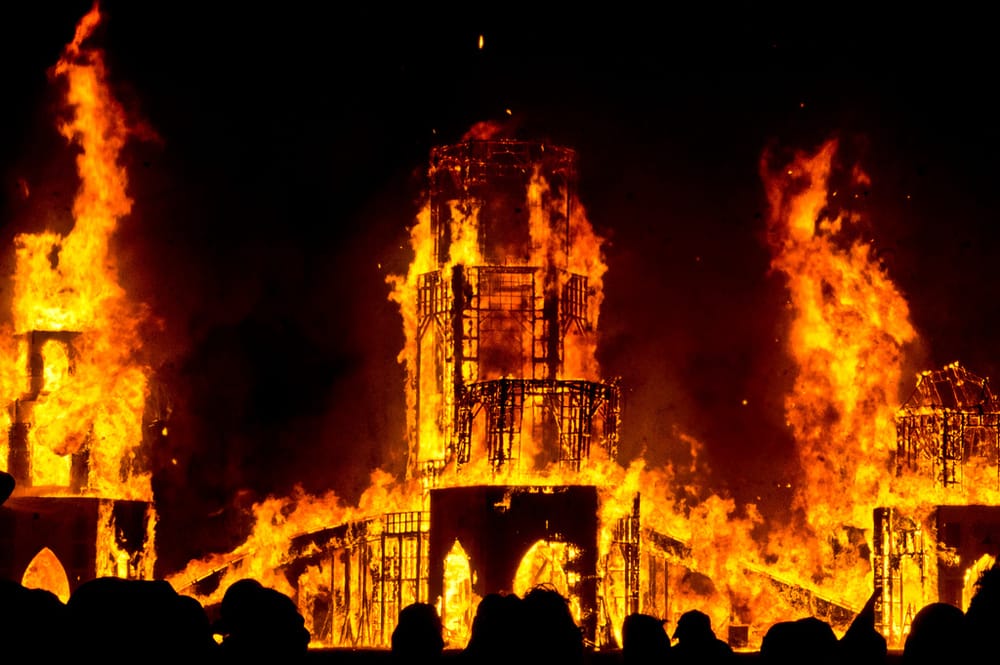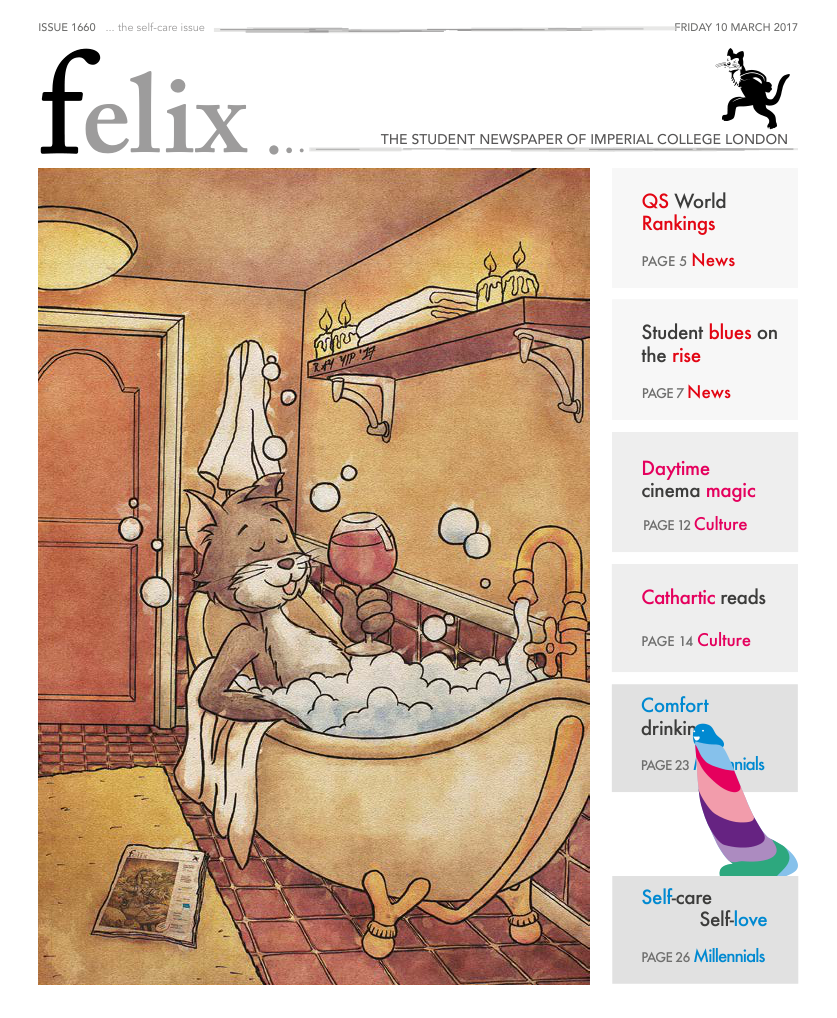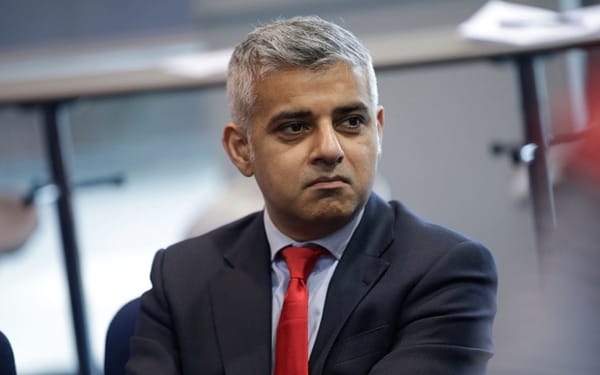CodeCon finals prove (expectedly) tricky
“Firefighter Tim” posed particular difficulties

London has been host to amazing competitions in recent years. We hosted the Olympic Games in 2012 and shows like The X Factor and Britain’s Got Talent have been world renowned hits for the better half of a decade, but last January, London was host to a different kind of competition, one that it was no surprise to see Imperial students thriving in.
On 27 January, London’s Bloomberg office was host to Global CodeCon Finals (GCCF), a two-hour long competition between 140 of the top coders from universities and colleges throughout the world. Four Imperial students were finalists in the competition that hosted 45 different schools from all over Europe, the U.S. and Canada. Szilveszter Szekely, Jacek Burys, Mihai Popa Dan Alex and Paul Gramatovici, proudly represented Imperial.
Bloomberg engineer, Rangan Prabhakaran, created the competition in 2014 with the intention to incentivize students to improve their coding abilities through competition. Throughout the whole of last year, competitions were held at universities with strong computer science programs all over the world. The winners of these competitions were invited to London and New York for the finals.
Bloomberg software engineers created all of the questions in the final event. Similar to a final exam, all of the questions were kept secret from competitors; the different puzzles and questions were presented in random patterns meant to stump competitors. “The contest itself was very intense, as solving the tasks quickly was crucial.” Said Mihai Popa, one of the finalists from Imperial. “When coding, you must be confident in your thoughts, it is a demanding activity which requires sustained training. At the Bloomberg CodeCon finals, I feel that the main difficulty was implementing the solutions to the problems rather discovering the actual solutions,” he said.
Only one participant was able to answer every one of the questions and he was eventually crowned winner of the competition. One question would ask students to arrange antique statues by height in as few moves as possible, the next may ask them to write a program to win at Pokémon Go. According to Bloomberg’s blog covering the event, one question in particular, dubbed “Firefighter Tim” gained some notoriety for its difficulty. It had only a two percent success rate across the 140 finalists. The question tasked students to write algorithms, test optimizations, and create different data structures to save as many people as possible from the burning walls of a building, all with a limited amount of water. The Bloomberg software engineer that created it, Chris Benedict, said that it even took him a while to solve the puzzle himself.
Aside from being just a competition, the event has been seen as an opportunity for Bloomberg and other companies to scout out potential employees. Several students from America took an internship with the company’s New York office following his success in the competition. The questions from CodeCon have been used throughout the world; more than 15,000 participants have used its browser based e-Learning tool to sharpen up their coding skills.









